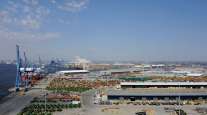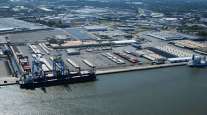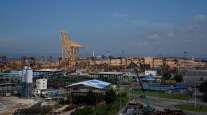Senior Reporter
Coronavirus Stimulus Boosts Access for Funding Harbors, Ports
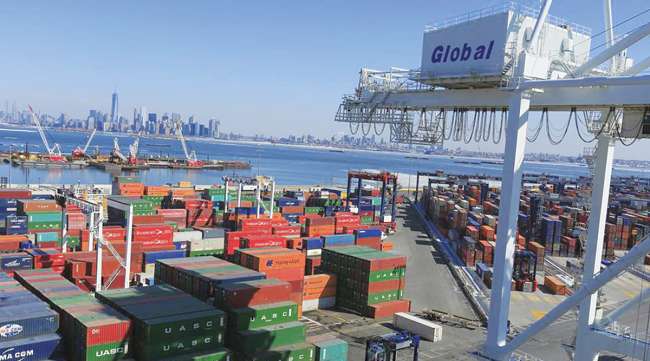
[Stay on top of transportation news: Get TTNews in your inbox.]
Additional funding for the Army Corps of Engineers to pursue port maintenance projects was approved in the $2.2 trillion economic stimulus package that recently was signed into law.
The provision, effective Jan. 1 or upon enactment of the next water resources development policy bill, exempts Corps funding through the Harbor Maintenance Trust Fund from certain discretionary spending caps.
Specifically, the budget fix provision ensures projects have access to future trust fund revenue. The law also requires funding to be used for dredging at ports and harbors.
Full Utilization of the Harbor Maintenance Trust Fund Act by Transport Topics on Scribd
Reacting to the stimulus package, House Transportation and Infrastructure Chairman Peter DeFazio (D-Ore.) applauded the inclusion of the port infrastructure provision. He and other policymakers have called for directing a greater amount of funding for dredging projects.
“For over 20 years, I’ve heard from countless fishermen, shippers, and vessel, tug, and barge operators about the importance of safe and predictable access to our ports and harbors, which is critical to protecting our fishermen and maritime jobs and to keeping our local, regional and national economy moving. Enacting this common sense, bipartisan provision is a long time coming for our nation’s coastal communities and members of the maritime workforce,” DeFazio said March 31.

DeFazio
“While this bill does not address the almost $10 billion in previously collected funds sitting idle in the trust fund, I will not stop fighting until all of the funds collected from shippers are used for their intended purpose — maintaining the safety and reliability of our nation’s ports,” DeFazio added.
Last year, he and other top transportation policymakers had introduced legislation intended to improve how Congress appropriates funds collected in the fund for authorized harbor maintenance projects.
At the time of that bill’s introduction, DeFazio said: “By merely spending what is already being collected, we can ensure our nation’s ports and harbors remain open for business and can continue to sustain our local, regional and national economies.”
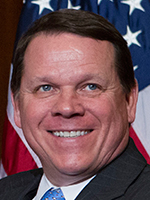
Graves
Said committee ranking Republican Rep. Sam Graves of Missouri: “Farmers, manufacturers and businesses across the country rely on ports for trade, and the products we all buy at the store on a daily basis have often traveled by water at some point to get there.”
Over the years, myriad stakeholders argued federal officials had allowed a surplus in the trust fund to address either the federal deficit or fund unrelated programs. Last month, the American Association of Port Authorities called on Congress to maintain ports and harbors with user-backed revenue.
“This can be accomplished through a shift in funding priorities in both the Congress and the administration, given that annual revenue is available, or through legislation that would require that the annual harbor maintenance tax revenue be made fully available to the Army Corps of Engineers for maintenance dredging and related purposes in its annual appropriation,” AAPA explained.
Compare each of the presidential candidates' plans for addressing America's infrastructure needs. See our Candidate Infrastructure Tracker.
Other infrastructure-funding proponents have highlighted concerns at the country’s network of ports, which are key transfer points in the economy.
In 2017, the American Society of Civil Engineers issued a C+ grade for ports.
“As ships get bigger, congestion at landside connections to other components of the freight network increasingly hinders ports’ productivity,” the group asserted.
“Similarly, on the waterside, larger ships require deeper navigation channels, which only a few U.S. ports currently have. To remain competitive globally and with one another, ports have been investing in expansion, modernization and repair,” according to ASCE.
The Harbor Maintenance Trust Fund was established to back dredging at harbors. It generates its revenue through a 0.125% user fee on the value of cargo in imported containers. The federal government has collected the fee since 1986.
Want more news? Listen to today's daily briefing:


